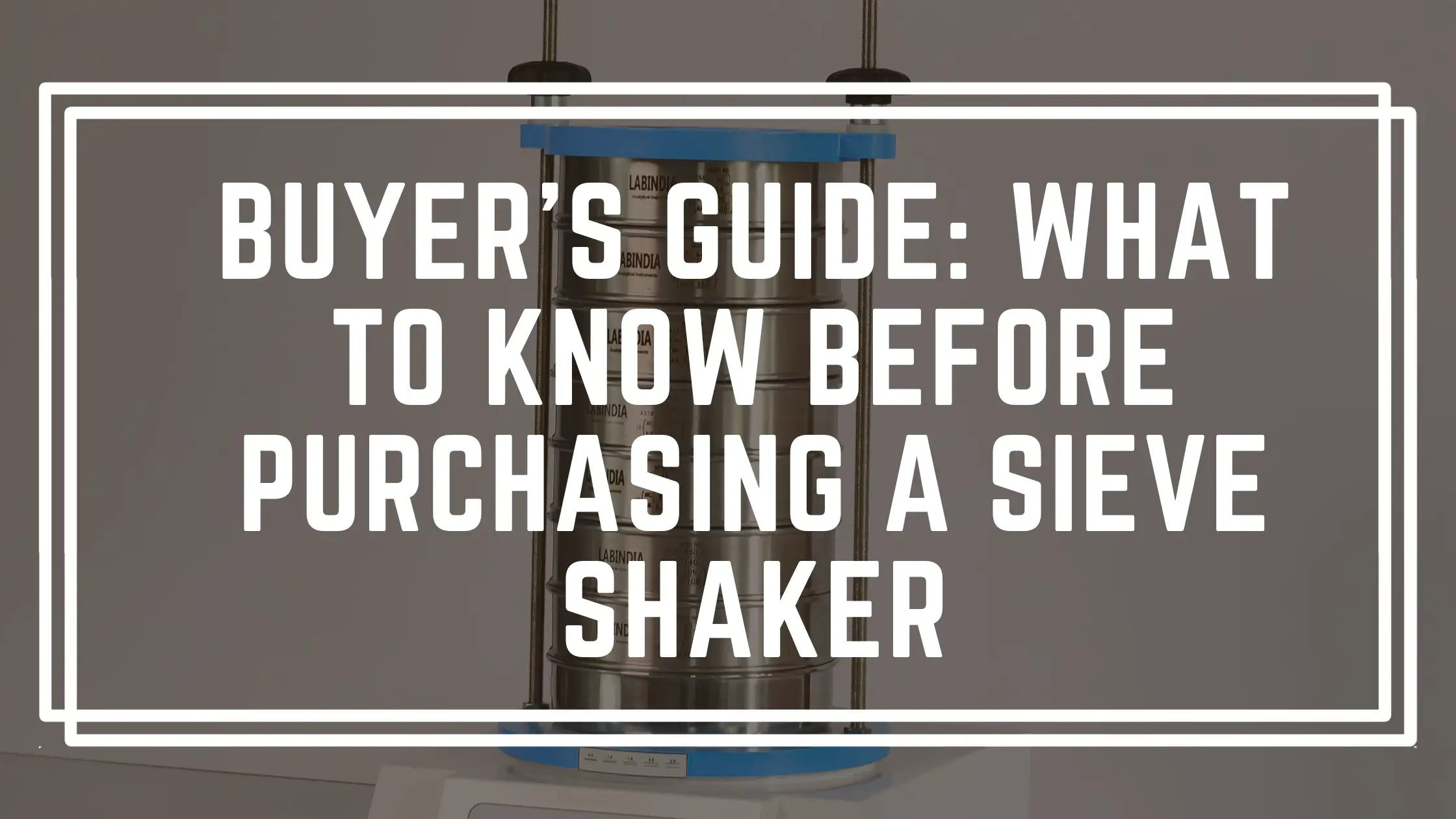Introduction
A sieve shaker is a key piece of equipment used in laboratories and industrial settings to separate particles by size through vibration and mesh sieves. Whether you’re in construction, mining, pharmaceuticals, or soil testing, selecting the right sieve shaker can make a big difference in test accuracy, productivity, and long-term reliability. In this buyer’s guide, we break down everything you need to consider before making a purchase.
1. Understand Your Application Requirements
Before selecting a sieve shaker, identify the material you’ll be testing and the required level of precision. Some materials require dry sieving (like sand or aggregates), while others need wet sieving (such as fine soil or powder with moisture content). Applications in pharmaceuticals or food processing might require hygienic or stainless steel construction.
2. Choose the Right Type of Sieve Shaker
There are several types of sieve shakers available:
- Mechanical Sieve Shakers: Ideal for basic applications, cost-effective and easy to operate.
- Digital Sieve Shakers: Offer programmable settings and accurate time/vibration control.
- Wet Sieve Shakers: Designed for liquid-based separation.
- Silent or Electromagnetic Shakers: Provide quieter and smoother operation, ideal for lab environments.
- Hand-Operated Shakers: Suitable for field testing or low-volume applications.
3. Sieve Size Compatibility
Make sure the shaker can accommodate the size and number of sieves you plan to use. Standard sieve diameters (like 8-inch or 12-inch) are commonly supported, but always verify.
4. Vibration Mechanism and Frequency Control
Advanced sieve shakers allow for control over vibration frequency and amplitude. This ensures uniform particle distribution and reliable results, especially for fine materials. For industries needing high accuracy, this is a must-have feature.
5. Capacity and Throughput
If you are testing large volumes of material regularly, opt for a sieve shaker with high capacity and fast sieving cycles. For quality control labs with small samples, compact models are more efficient.
6. Build Quality and Materials
Durability matters. Choose models made from high-quality mild steel or stainless steel, especially if you’re dealing with corrosive materials or require hygienic conditions.
7. Power Requirements and Noise Levels
Check the voltage and power source needed. In lab environments, quieter machines are preferred, especially those used in enclosed spaces.
8. Ease of Use and Maintenance
User-friendly controls, easy assembly/disassembly, and low maintenance requirements can save time and operational costs. Look for models with clear digital displays or manual timers.
9. Compliance and Certifications
Ensure the equipment meets relevant industry standards such as ISO, ASTM, or BIS, especially if your lab or company operates under strict regulatory guidelines.
10. After-Sales Support and Warranty
Always buy from a trusted manufacturer who offers good after-sales service, spare parts availability, and warranty support. This can prevent costly downtime in the long run.
Why Buy from K. S. Jandu & Sons?
As one of the leading sieve shaker manufacturers and suppliers in India, K. S. Jandu & Sons offers a wide range of robust, reliable, and customizable models. From wet sieve shakers to digital and electromagnetic versions, each unit is built to last and tailored to your exact needs.
Conclusion
Purchasing a sieve shaker is an important investment for your lab or industrial operation. With so many models and specifications available, knowing what to look for helps ensure you choose the right machine for long-term performance and reliability. Trusted names like K. S. Jandu & Sons offer not just quality machines but also expert guidance and dependable service to support your purchase from start to finish.
Ready to find the perfect sieve shaker? Contact K. S. Jandu & Sons today for expert assistance and a quote tailored to your needs.
FAQs
Q1. Can I use the same sieve shaker for wet and dry sieving?
A1. Some models support both, but it’s best to confirm with the manufacturer. Wet sieving usually requires special adaptations.
Q2. How many sieves can a shaker hold at once?
A2. It depends on the model. Most standard machines can hold 6–8 sieves, but high-capacity versions can accommodate more.
Q3. Are digital sieve shakers better than mechanical ones?
A3. Digital shakers offer greater precision and programmability, but mechanical shakers are more budget-friendly and simpler to operate.
Q4. How long does a typical sieving cycle take?
A4. Most tests last between 5 to 15 minutes, depending on material type and machine speed.
Q5. Do K. S. Jandu & Sons offer customization?
A5. Yes, they provide custom-built sieve shakers tailored to your application, material, and volume needs.






